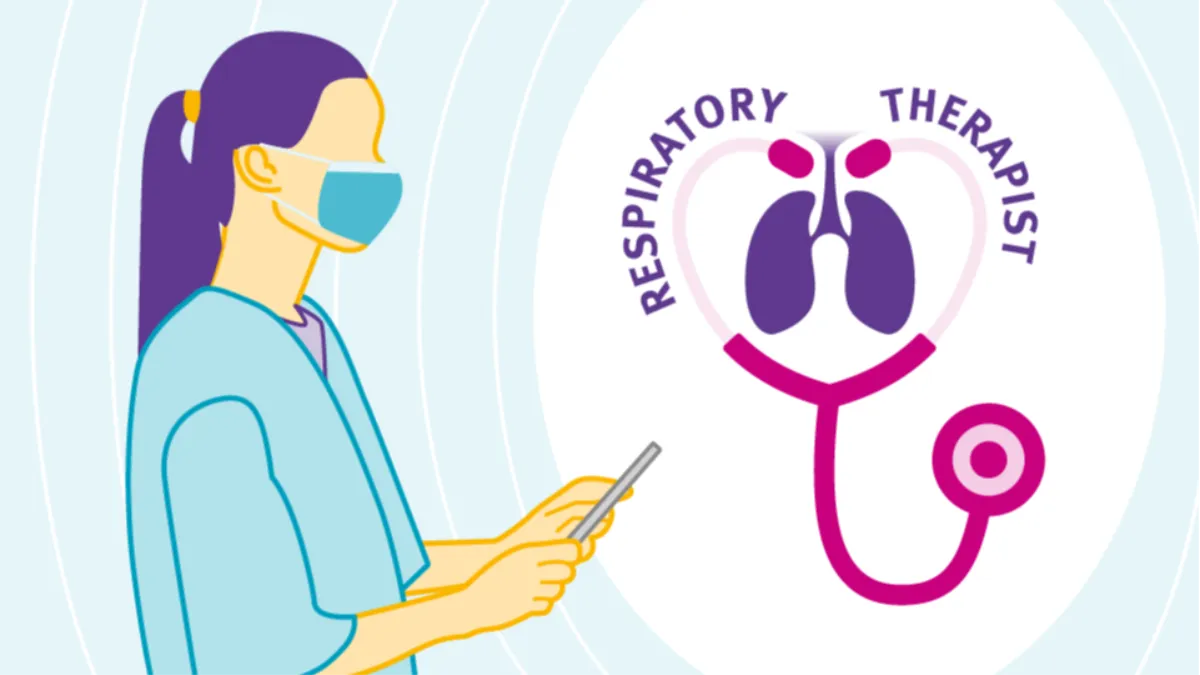Asthma: All you need to know

What is asthma? #
Asthma is a chronic (long-term) condition that affects the tubes that carry air in and out of the lungs (known as the airways). In some people, inflammation is the main issue, and their airways become irritated and swollen. In others, the muscles surrounding the airways tighten (a condition known as bronchospasm or bronchoconstriction). Many people with asthma have both problems, to one degree or another. Both inflammation and bronchoconstriction make the inside of the airways much narrower, making it much more difficult to breathe.
It’s not entirely understood what causes asthma, especially since the known causes can vary from person to person. Generally speaking, asthma is the result of the immune system over-responding to a particular allergen or irritant. There does appear to be some genetic aspect of asthma, which could explain why some people get ‘sensitized’ to allergens and others don’t, and why some people have a more severe reaction than others.
Most people with asthma have a steady baseline of symptoms (or no symptoms at all) until they’re exposed to particular triggers. These triggers can be higher levels of allergens (like plant pollens), they can be pollutants and irritants found in the environment, in the home, or in the workplace, or they can even be non-biological things like a cold air. Exposure to the trigger then causes a sudden worsening of symptoms, called a flare or exacerbation.
Who is at risk for asthma? #
Asthma can affect people at any age, but it usually starts to appear during childhood. This is especially true for people with a strong family history of asthma. Certain things that affect a child’s developing immune system, including exposure to tobacco products in the womb and environmental exposures after birth, can influence the development of childhood asthma. Later in life, adults can develop asthma from exposure to workplace irritants, particularly those created by animals. Fumes and dusts can also have long-lasting effects on asthma symptoms. It’s also thought that low air quality, such as industrial air pollution or pollution related to high vehicular traffic, can cause the onset or worsening of asthma.
What is the burden of asthma on society? #
More than 25 million people in the United States live with asthma. That means 7.7% of adults and 8.4% of children deal with wheezing, coughing, shortness of breath, and similar symptoms on a regular basis. As one might expect, that translates into a substantial impact on work and school. Asthma is the leading cause of school absences, with over 13 million school days lost due to flares and other issues. After graduation, another 14 million work days are lost annually. Studies have shown that up to 75% of those with asthma feel their symptoms prevent them from reaching their full potential on the job, making asthma a leading cause not just of absenteeism, but presenteeism. Worse, 10 Americans die from asthma-related causes every single day.
All of this impacts every sector of the economy. Obviously, asthma casts a tremendous shadow over the healthcare system, with over 1.6 million emergency department visits attributable to the condition annually. Inhaled medications, allergy treatments, and other direct costs are also a substantial burden. Between spending on healthcare and losing money due to lowered productivity, asthma costs the US economy over $80 billion.
Between spending on healthcare and losing money due to lowered productivity, asthma costs the US economy over $80 billion.
What can we do about asthma? #
Unfortunately, there is currently no cure for asthma. However, there are some very effective therapies that provide better symptom management and enhanced quality of life for those dealing with asthma. The key to quality symptom management begins with early diagnosis and evaluation. This can often be done with a simple spirometry test. The National Asthma Education and Prevention Program (NAEPP) recommends that anyone (over the age of 5) suspected of having asthma have a pre- and post-spirometry test performed. Spirometry should be repeated every year or two afterwards, to monitor any potential disease progression and maintain the best possible treatment regimen. Additional tests may be helpful in diagnosis as well. Bronchoprovocation studies use medications or cold air to try and induce bronchospasm and evaluate how severe a case of asthma is. Diffusion capacity tests, sometimes called DLCO tests, can help distinguish asthma from similar conditions, like COPD. And, of course, allergy skin tests can help identify particular triggers, which can then be avoided.
How can ndd help? #
ndd has a full line of innovative, easy-to-use pulmonary function testing devices that can quickly integrate into the workflow of virtually any clinic or practice. From lightweight hand-held spirometers to full-function PFT workstations, the EasyOne family of products may help clinicians diagnose asthma with speed and precision, and help patients breathe easier faster.











